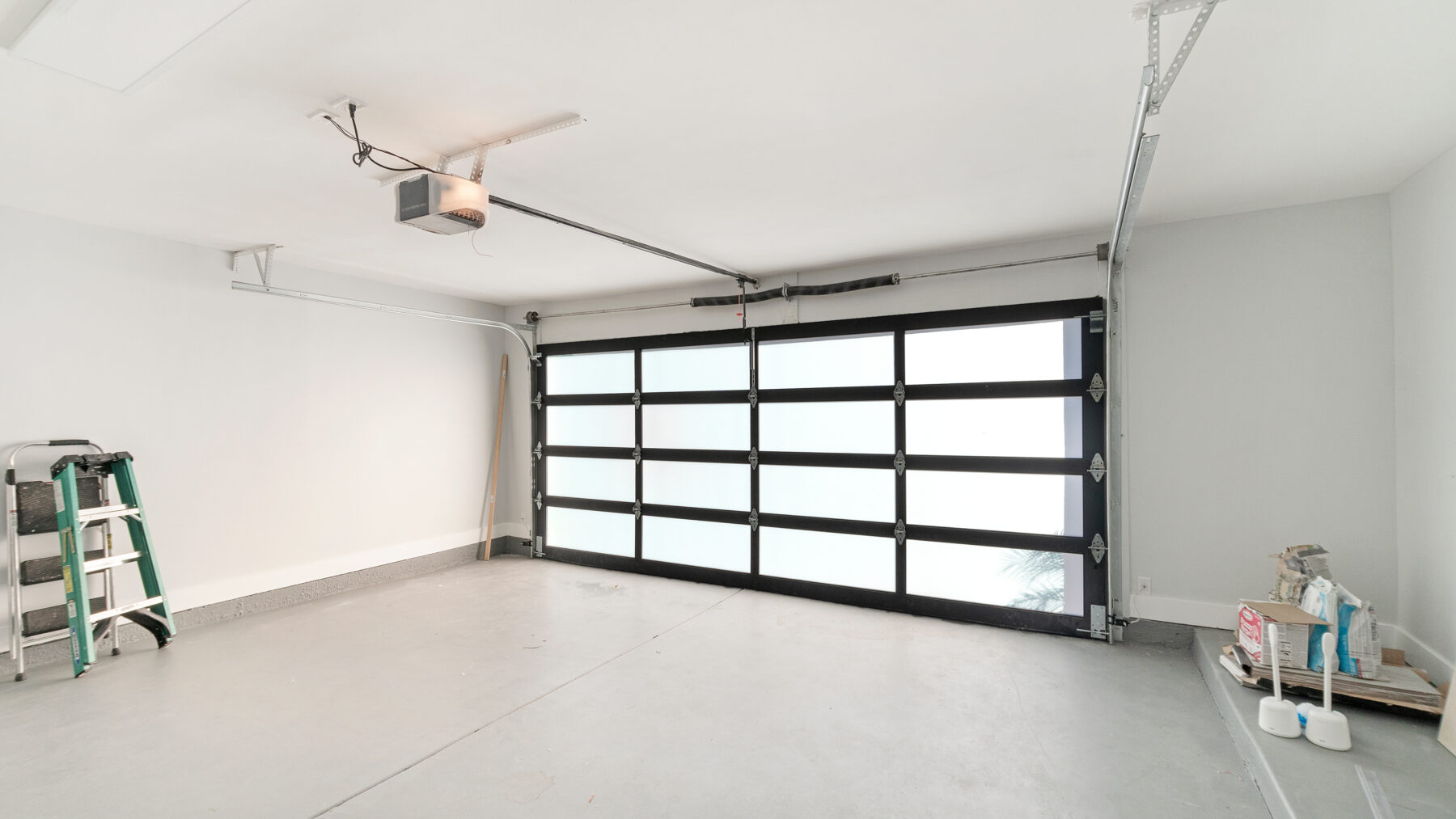Winterizing Your Concrete Garage
November 13, 2023

Winter is just around the corner, and while most of us think about winterizing our homes and cars, we often overlook the importance of preparing our concrete garages for the chilly months ahead. Ensuring your garage is winter-ready not only maintains its aesthetic appeal but also extends its longevity. Here’s a simple guide to winterizing your concrete garage effectively.
Inspect for Cracks and Damage
Begin by conducting a thorough inspection of your concrete floor and walls. Over time, wear and tear can lead to cracks and other damages. Identifying these early can prevent more significant problems in the future. Any cracks you find, no matter how small, should be repaired promptly.
Seal the Concrete
Once you’ve ensured the surface is free from cracks and damage, it’s time to seal it. Sealing provides a protective barrier against moisture, salt, and other harmful elements that winter can bring. Choose a high-quality concrete sealer suited for your region’s specific climate conditions. Remember, a well-sealed garage is less susceptible to freeze-thaw damage, which can lead to costly repairs.
Clean and Declutter
Winterizing your concrete garage isn’t just about the structure; it’s also about maintaining a safe and efficient workspace. As you prepare for winter, take some time to clean and declutter. Dispose of any old or unnecessary items, and organize your tools and equipment. A tidy garage ensures you can find items quickly and minimizes the risk of accidents.
Install Weather Stripping
Your garage door is a significant potential source of cold air intrusion. To maintain a consistent temperature inside the garage, consider installing or checking the existing weather stripping around the door. This not only helps in insulating the space but also prevents moisture from entering, which can be detrimental to your concrete.
Check Drainage
Ensuring proper drainage around your garage is crucial. Water accumulation can lead to seepage or even flooding. Ensure that the ground around your garage slopes away from the foundation. Additionally, clean out any gutters and downspouts to prevent blockages and allow for efficient water runoff.
Insulate
If you spend any amount of time in your garage during the winter, or if you store temperature-sensitive items there, you should consider adding insulation. Insulated walls and ceilings can keep the interior above freezing, reduce energy costs, and prevent the concrete from getting too cold, which can lead to cracking or damage.
Winterizing your concrete garage might seem like an added chore, but the benefits far outweigh the effort. By following these simple steps, you can ensure that your garage remains in top condition throughout the colder months, allowing you to enjoy a safe and functional space all year round. Remember, the key lies in preparation. So, don’t wait for the first snowflake to fall; start your winterizing process today!